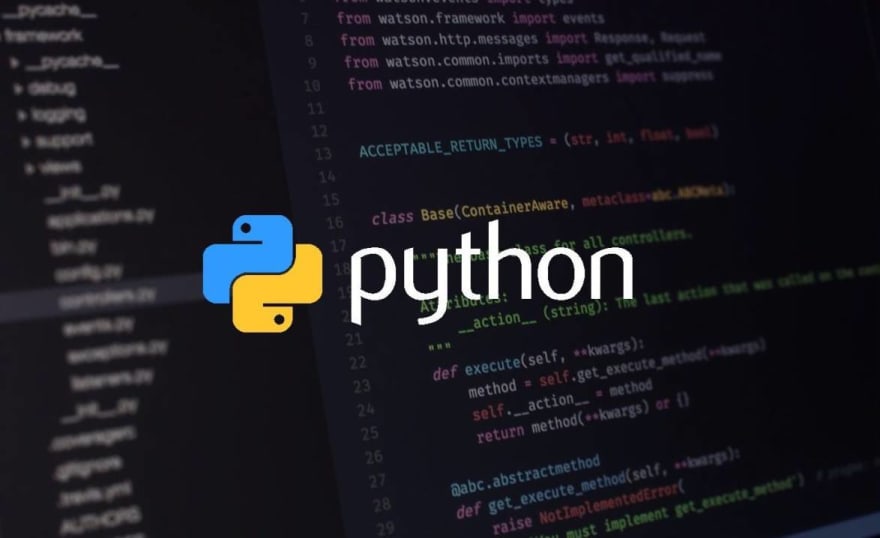Hello everyone! Hope you are doing fine! Today I am going to discuss some facts of Python Programming Language that you should know and understand as a Python beginner. So, let’s dive into it!
Python is a high-level, multi-paradigm, interpreted, general-purpose programming language. Its syntax is designed to focus on readability through the use of significant indentation and white-space rules. Don’t get worried to see such complex-looking words because I am going to explain these things in a while!
- ➡️ High-level Language: Language like Python, C, C++, C#, Java, or Kotlin, in which it is easier to read and write codes using natural language elements with strong abstraction from the details of computer are called high-level programming languages. In contrast, a language like “Assembly Language” used to write codes for microprocessors are low-level programming languages.
- ➡️ Multi-Paradigm: This programming language supports multiple paradigms of programming. For example, Python supports structured programming paradigm like C (Programming Language) and object oriented programming paradigm like Java(Programming Language). In contrast, C does not support object oriented programming paradigm and Java does not support the structured programming paradigm. Besides many of Python’s feature also supports functional programming, aspect-oriented programming, etc.
- ➡️ General Purpose Programming Language: According to Wikipedia, a general purpose programming language means it is designed to be writing software in the widest variety of application domains. It means you can use this language in various domains, it is not bounded to be used for some specific regions or domains.
- ➡️ Significant Indentations: Language like C, C++, C#, Java, etc have a significant role of semi-colons(;) and curly brackets{} in most of the part of codes which becomes a horror for programmers sometimes because you may get an error just because you forgot to put a semi-colon at the end of a line, but the good news is, in Python, we don’t need to use a semi-colon(;) at the end of lines and curly brackets to define scopes of functions, methods, loops, etc. Meanwhile, the bad news is, you need to maintain the indentations and white-space rules correctly here in Python to write a valid or correct code that you didn’t need to maintain compulsorily in C or Java. It means you might even get errors for extra or unnecessary white-spaces. In a nutshell, you get rid of those semi-colons and curly brackets in Python but you need to maintain indentations and white-spaces according to the rules of Python correctly. Python focuses on indentations to increase the readability of code. To understand this you can see an example Python code from here.
Conclusion
Besides all these features, Python has a huge and rich collection of libraries for different purposes like machine learning, artificial intelligence, etc. It has also many other features like dynamic typing, garbage collecting, memory management, and more, which will you get to know as you will dive more deeply into the sea of Python.
Best wishes to everyone! Keep learning and keep sharing! and don't forget to share your opinion and of course the questions if any. Don't forget to follow us. ✌️
💡 AND SUBSCRIBING to our YouTube TechLearnersInc and Telegram t.me/TechLearners will be amazing.




Top comments (8)
I like Python because of it’s wide array of libraries, however I prefer C style syntax over indentations. It’s much more readable to me. It’s also much more convenient for auto generating code.
Yes, I agree with you. Every language has it's own best purpose. And every developer has their own best choice of programming languages based on their scopes.
Indeed, every language has its strengths and weaknesses, there is no one that rule them all
Yes, you said it too correct!
python is structured? Am I missing something? I thought structured language supports structs like C and Go.
Here, by the meaning of structured I meant that codes can be written without object oriented format also in a structured manner. Meanwhile, in Java every code must be written in object oriented manner.
the only paradigm that python have that is similar to C is procedural paradigm.
Yes, Python and C both support procedural paradigm which is a subset of structured programming paradigm.